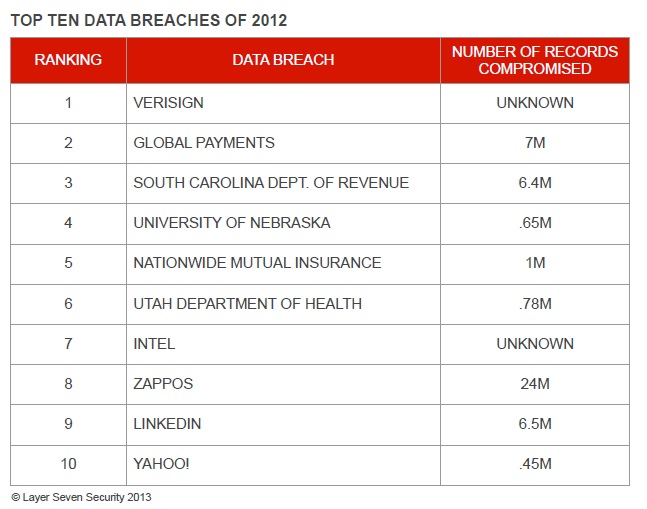SAP Cybersecurity Framework 2.0: What’s New?
Since the official release of the SAP Cybersecurity Framework in 2014, the standard has become the de facto benchmark for securing SAP systems from advanced cyber threats. Drawing upon guidance issued directly by SAP, as well as the real-world experience of front-line SAP security architects and forensic investigators, the framework delivers a single point of reference to harden SAP systems from cyber risks. It enables enterprises to counter weaknesses in perimeter controls such as network firewalls and intrusion detection systems by securing the technical infrastructure of SAP systems. Vulnerabilities in such infrastructure could be exploited to bypass perimeter controls and corrupt or leak sensitive business information or perform denial of service attacks in SAP systems.
The threat posed by attackers that seek out and exploit vulnerabilities has reached epidemic proportions. By all measures, attacks are growing in frequency and sophistication. The number of threat actors is also increasing, ranging from organized gangs of cyber criminals to hacktivist groups and state-sponsored agents. Finally, the impact of cyber attacks has reached new levels. The cost of a successful data breach is no longer measured in purely monetary terms. Recent experience has demonstrated that the impact can be strategic and long-lasting.
The SAP Cybersecurity Framework fills the void created by weaknesses in perimeter security and the limitations of GRC software that focus exclusively on the SAP authorization concept. It empowers organizations to better understand and respond to lesser known risks in the technical components of SAP systems to greatly reduce the likelihood of a system breach. It also enables enterprises to improve breach detection capabilities to respond more rapidly to attacks and contain the impact.
What’s more, the framework provides a clear path for securing SAP systems from cyber threats using only standard SAP-delivered software. It demonstrates that effective strategies are not necessarily tied to licensing third party solutions but leveraging the host of security tools made available by SAP to customers without any additional expense. This includes automated vulnerability detection and alerting tools available in Solution Manager. It therefore provides a powerful and cost-effective alternative to approaches that revolve around purchasing, installing and configuring solutions from independent software vendors.
The SAP Cybersecurity Framework 2.0 improves upon the original standard by incorporating new SAP guidance in areas such as trace functions to identify authorizations required for RFC users, enabling switchable authorization checks, whitelists for RFC callbacks, and approaches for identifying required security patches included in Notes and support packages.
Trace Functions
There are several limitations with analyzing log data in event logs configured in the Security Audit Log and transaction STAD for restricting permissions for RFC users. The former only record function groups accessed by users and the latter is resource-intensive. Therefore, SAP recommends using short and long-term trace functions through transactions STAUTHTRACE, STRFCTRACE or STUSOBTRACE. This approach will reveal the function modules accessed by users and consume fewer system resources than STAD.
Switchable Authorization Checks
Switchable authorization checks are intended to strengthen security for critical remote-enabled function modules that are used to access or modify sensitive data by requiring additional authorization checks above and beyond the standard S_RFC check. They are delivered via Notes and support packages but should only be enabled after relevant user profiles are updated to include the new authorizations. The DUO and DUQ event logs of the Security Audit Log should be activated and reviewed to identify the specific users requiring the authorizations during a non-disruptive logging phase.
RFC Callbacks
Positive whitelists for systems with later versions of SAP Basis have been introduced by SAP to control the dangers posed by RFC callbacks. Callbacks enable servers to open RFC connections in clients during synchronous calls using the privileges of the RFC user in the client system. A new profile parameter rfc_callback_security_method is used to enable the whitelists which are configured using SM59.
Security Notes and Support Packages
The framework no longer recommends the use of the EarlyWatch Alert and RSECNOTE for the identification of relevant Notes and support packages. Both components have severe drawbacks and are effectively deprecated by SAP. Security Notes and support packages should be identified using System Recommendations accessed through the Change Management Work Center in Solution Manager or via WDC_NOTE_CENTER through the Easy Access Menu.
The SAP Cybersecurity Framework is presented in the white paper Protecting SAP Systems from Cyber Attack.
SAP Security Architects at Layer Seven Security perform comprehensive gap assessments against the recommendations of the SAP Cybersecurity Framework and enable customers to implement defense in depth by hardening the entire SAP technology stack. The layered control strategy supported by the framework is based on best practices and SAP security recommendations and represents the most comprehensive, efficient and cost-effective approach to secure SAP systems from cyber attack. To learn more, contact Layer Seven Security.


